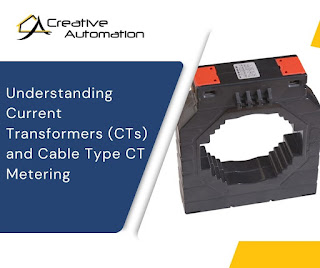Comprehensive Guide to Solid State Relays and Various Types of Control Relays for Efficient System Control
In the realm of electrical systems, efficient control is crucial for ensuring optimal performance and safety. Relays play a vital role in this domain, serving as indispensable components for managing various functions such as starting, fuel pump control, overload protection, timing, latching, and switching between different circuits. In this article, we will delve into the world of relays, focusing on Solid State Relays (SSRs) and other essential types used for efficient control in diverse applications.
Solid State Relays (SSRs):
Solid State Relays are electronic switches that use semiconductor devices, typically thyristors or traces to perform the switching operation without any mechanical parts. The absence of moving components contributes to their reliability, longevity, and silent operation. SSRs find applications in situations where high-speed switching, low power consumption, and minimal maintenance are paramount.
Starter relays, also known as starter solenoids, play a critical role in initiating the engine's starting process. These relays are employed in automotive and industrial applications, connecting the battery to the starter motor when the ignition key is turned. The use of starter relays enhances the overall reliability of the starting system.
Fuel pump relays control the operation of fuel pumps in vehicles and industrial machinery. These relays ensure that the fuel pump is activated only when necessary, optimizing fuel efficiency and preventing unnecessary wear on the pump. Efficient fuel pump control is crucial for maintaining proper engine performance.
Overload relays are essential for protecting motors and other electrical devices from excessive current. These relays monitor the current flowing through a circuit and, if it exceeds a predetermined level, trip the circuit to prevent damage. Overload relays are commonly used in motor control centers to safeguard against overheating and potential burnouts.
Timer Relays:
Timer relays provide a time-delay function in electrical circuits. They are employed in various applications where precise timing is essential, such as controlling lighting systems, industrial processes, or time-based automation. Timer relays contribute to improved efficiency by automating tasks at specific intervals.
Latching Relays:
Latching relays, or bitable relays, maintain their state even after the control signal is removed. These relays are useful in applications where power consumption is a concern, as they only require power during state changes. Latching relays find applications in memory storage, pulse generation, and other scenarios where sustained switching is advantageous.
Change over relays, also known as transfer relays or double-throw relays, enable the switching of a load between two sources. This type of relay is crucial for providing redundancy and ensuring uninterrupted power supply in critical systems. Changeover relays find applications in power distribution, backup systems, and critical infrastructure.
Conclusion:
In conclusion, the efficient control of electrical systems relies heavily on the proper selection and implementation of relays. Solid State Relays offer advanced solutions with their electronic switching capabilities, while specialized relays such as starter relays, fuel pump relays, overload relays, timer relays, latching relays, and changeover relays cater to specific requirements in various applications. Understanding the functionality and advantages of each relay type is essential for designing reliable and efficient control systems in diverse industries.
.jpg)

.jpg)

Comments
Post a Comment